Comparisons:
[responsivevoice_button]
The M4’s tube-less technology doesn’t offer many comparisons based on just that. To my knowledge, only 64 Audio offers IEMs without any tubing. In the price bracket of the M4 there are certainly other monitors that would come close to its signature though. We will check out how the M4 compares against the Tia Trió, the Phantom by Empire Ears and JH Audio’s unconventional hybrid Lola. If you wish to see more comparisons please put that request in the comment section below.
I can only compare the M4 to other monitors I have at home. And I won’t do comparisons based on memory or from short sessions. Personally, I like to take my time with reviews to get the whole picture of a product. Quick listens at shows or dealer visits are not credible in my book.
All comparisons were done using the stock cables. Mentioned prices are for the universal versions in US Dollars. For comparisons I used the Chord Hugo2 as my main source.
64 Audio – Tia Trió (1DD/2BA; 2,299$)
The Trió probably is what’s closest to the M4 in the lineup of 64 Audio. It also has a warmer and smoother signature, just like the FiR. But to my ears, there are discerning differences between the two.
The M4 for example has more focus on the sub-bass section. It sounds faster and more dynamic down low, where the Trió is fuller and rounder sounding. The M4 delivers finer texture and a more authoritative bass. The Trió is smoother and a bit more relaxed. The M4 has a tighter grip and more punch than the Trió. The Trió gives more prominence to mid and upper bass in its overall sound.
In the mids both sport good levels of warmth. To my ears, the M4 is a bit fuller in the lower mid-range, and it’s here where the M4 produces a lusher and richer sound than the Trió. The 64 Audio monitor has a lighter and overall airier sounding mid-range than the M4. But they still have an overall similar signature in their mids to me. The Trió is more neutral in richness and delivers more energy in the upper mids. The M4 sounds meatier and more organic than the Trió to me.
The M4 stretches a slightly wider and deeper stage than the Trió. It also puts musicians more in front of you, while the 64 IEM keeps them closer to you. Both image very well with a clear cut between the instruments. The M4 however sounds more open and has more air surrounding each musician. The Trió gives musicians a bit more weight and solidity to my ears.
Treble on the M4 is closer to sibilance, while the Trió could also do with a dose more richness in its top segment. The Trió is a bit faster and more energetic in its highs. It sounds dryer and partially not as easy going as the M4.
Resolution, layering and separation are very close on both IEMs. The M4 does sound more holographic and puts musicians on a darker background.
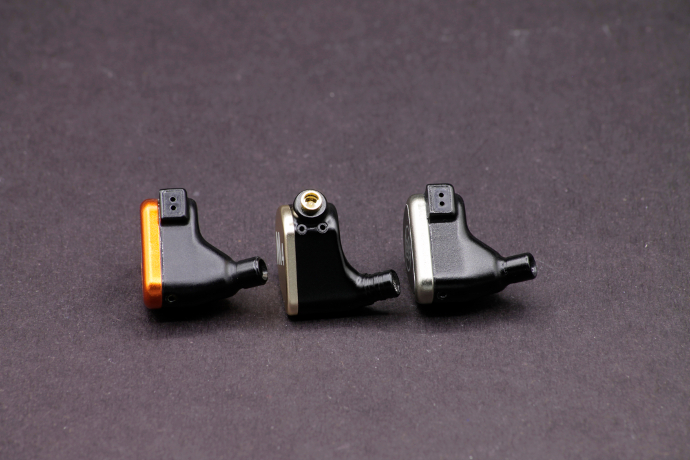
FiR Audio M4
Empire Ears – Phantom (5BA; 1,799$)
The Phantom is one of the most hyped high-end monitors of recent times. It has a uniquely thick signature that requires a lot of brain burn-in in my opinion. It’s a sound that doesn’t automatically click.
The M4 has a stronger sub-bass focus than the Phantom. The Phantom sounds thicker and denser in its lows, which goes up to the lower mid-range as well. The FiR monitor has a more natural sounding lower end. It has better texture and resolution as well as layering. The Phantom is darker and slower in the bass section. The M4 has the clear upper hand when it comes to speed, accuracy and precision. The Phantom sounds mellower and softer.
In the lower mid-range the Phantom is thicker and fuller than the M4, it makes deep male vocals sound more vibrant than the FiR as well. It however puts so much weight on the scale, that vocals and instruments sound too relaxed at times. Phantom sounds gooey and nasal. It’s missing air and space. Both of which does not apply to the M4. The FiR sounds far more open and natural than the Phantom.
The M4 has a more refined sound, that spreads more across the room. It creates a wider and deeper stage with a more holographic appearance. It has a lot more air surrounding the instruments and gives better contrast to them to the background. The Phantom is a monitor you have to take time with. The M4 can excite me more right from the start.
In the treble section, Phantom is more relaxed and laid back as the M4. The FiR is more energetic, more alive and just brighter overall. The Phantom can sound a bit held back, while the M4 can go to the edge of sibilance, as mentioned before. The M4 has better extension into highs and provides better clarity and sparkle to me.
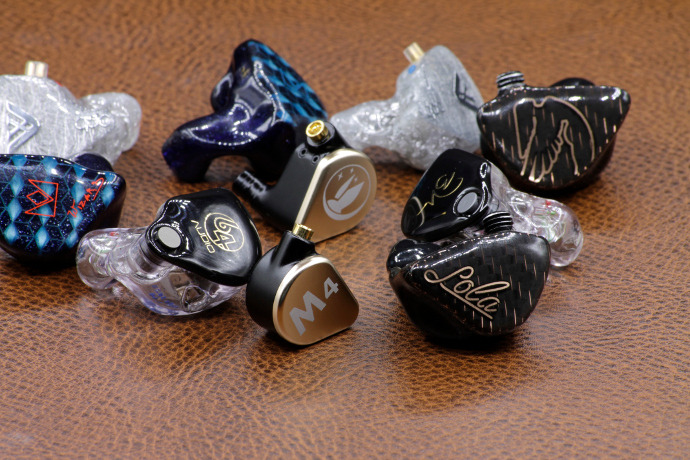
FiR Audio M4
JH Audio – Lola (2DD/6BA; 1,599$)
The Lola is one of my favorite picks when it comes to mids. It’s one of the very few monitors that uses the dynamic drivers for mid-range and not bass. To me that’s where the dynamic drivers are best. Nothing delivers mids as perfect as a good dynamic driver.
In comparison to the M4, Lola is more closed in. It doesn’t produce the wide spread and well organized picture as the FiR. Bass on the M4 is faster and more energetic. You can however tune the bass to your own preference with Lola’s bass dial.
Lola has a darker signature overall, where there isn’t much going on in the treble section. The M4 has a warmer, but airier presentation than the Lola. You get a more open sound with the FiR, the stage stretches a fair bit wider and deeper on the M4 too. Resolution wise I also see the M4 ahead.
I mentioned it earlier, I love the Lola for its mids. Nothing sounds quite like it in my opinion. The M4 has a sound that is lighter and less dense than Lola. It also doesn’t deliver the same sense of texture and realism as the Lola. Jerry Harvey really did an amazing job with the dual dynamic drivers of Lola for its mids. The Lola has more body and more flesh in them than the M4 in my opinion.
Treble wise, the M4 again is a clear step ahead. It extends further and produces a cleaner and better articulated treble overall. The Lola can come across as muted at times and really struggles to provide the right sense of air and space. Here the M4 is just superior and handles treble better. It however is also closer to being sharp, which is something I don’t feel with the Lola. If you’re more into a dark and thick signature, then Lola would probably be a better bet. For someone who doesn’t want that density and heavy note size, the M4 would certainly be the safer pick.
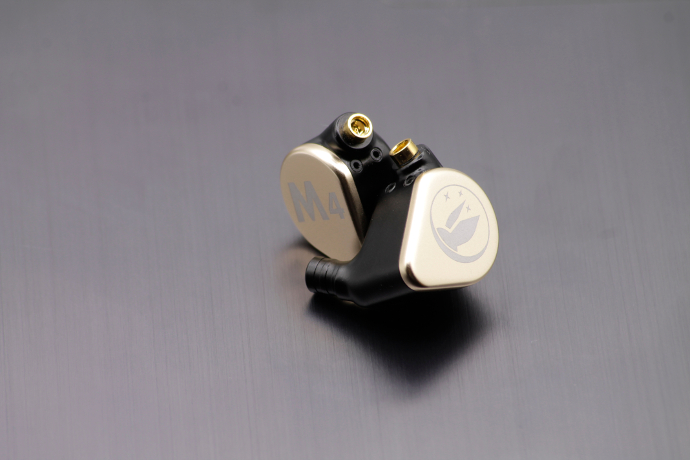
FiR Audio M4
Conclusion:
FiR Audio entered the market with a clear vision. They want to offer their customers the whole package. First they introduced their care and maintenance accessories, but their real statement was the release of their tube-less IEMs.
I have been interested in FiR Audio’s lineup ever since they launched. But as always, Europe’s the desert of portable audio and so I could not get any listening sessions done at a dealer of my choice. When I was asked to review the M4 I was very glad to accept. Over the past weeks it has been a very pleasant journey to discover the M4.
Its smooth, natural and warm signature is something to enjoy. Something to not analyze and just kick back to. The M4 has the ability to get me off my feet too though. Its authoritative and energetic bass, coupled with its full mids and lively treble is something that can be quite versatile in the end.
The M4 is a monitor that sounds very nice straight out of my DAPs, but it truly shines and shows its glory when paired with the right source. It scales up like hardly any other monitor I came across so far, and absolutely should be used with gear that can meet its potential. Once you’ve hooked the M4 up to desktop equipment, there’s no turning back.
The FiR Audio M4 is our latest addition to the Best UIEM list.





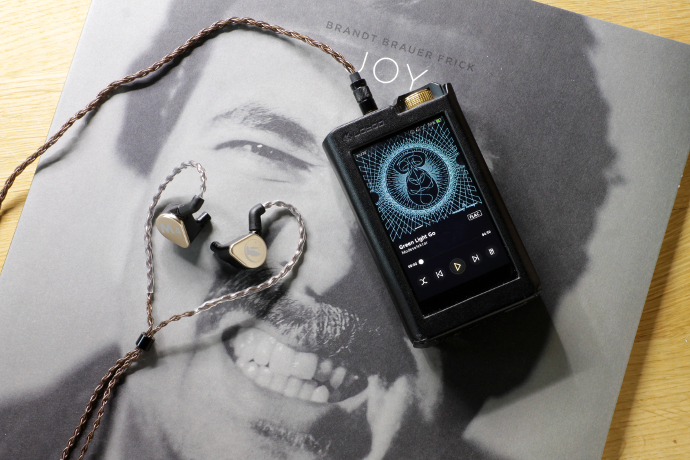
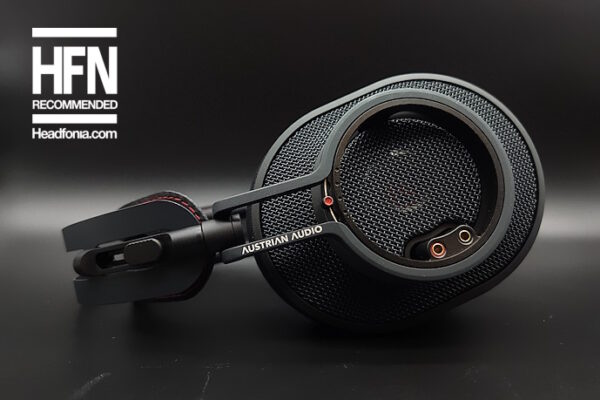

PC
Thanks for reviews